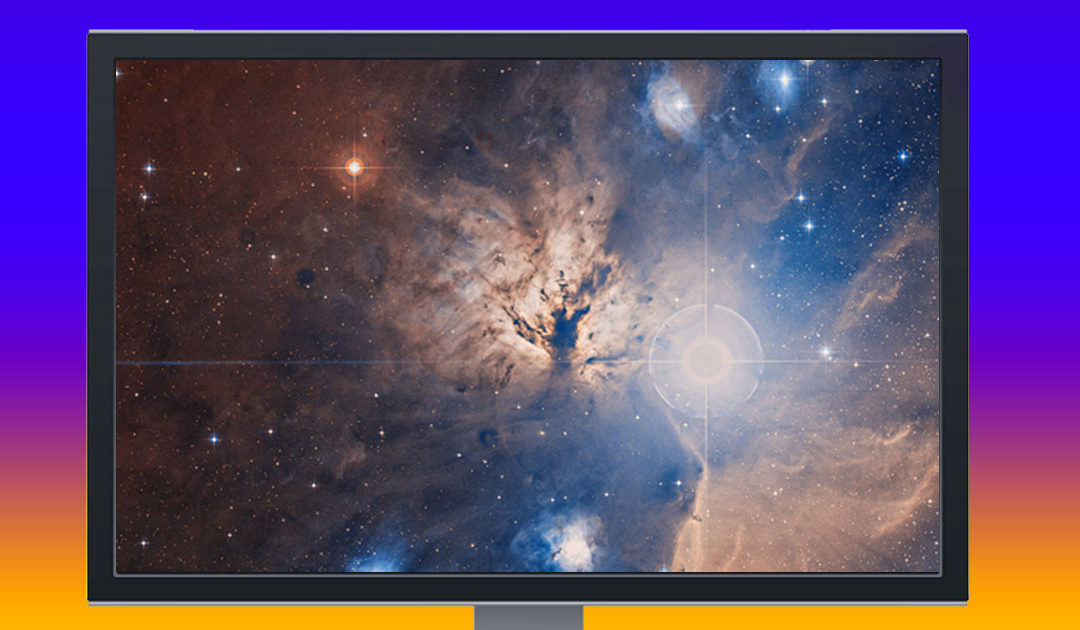
The Autodidactic Universe
Up for some light reading? Theoretical physicists working with Microsoft released a paper on Friday asserting that the universe is essentially a machine-learning computer.
The researchers working with Microsoft published a titled “The Autodidactic Universe,” . It describes our universe as an algorithm that’s continuously learning about itself.
Like humans, the universe itself observes and learns about its own laws and structures — and changes as a result.
From the paper:
“For instance, when we see structures that resemble deep learning architectures emerge in simple autodidactic systems might we imagine that the operative matrix architecture in which our universe evolves laws, itself evolved from an autodidactic system that arose from the most minimal possible starting conditions?”
The researchers behind this paper built on research done by physicist Vitaly Vanchurin .
Impossible Physics
So we’re all living in a huge self-learning algorithm… but what does this mean?
For one thing, it makes unifying physics as a whole practically impossible. After all, if the universe is capable of learning and changing its laws as a result, the laws of physics will also be in constant flux.
That means that what we currently understand as the laws of physics might have functioned differently in the universe’s past — and will change in its future as well.
Of Memes And Men
The paper’s authors also dive into the idea that memes are a great example of how the universe might not just be learning out of its own survival — but also purely because it just wants to learn.
“The example of memes in human social structures show that a learning system that is not constrained by ‘brute survival’ can sometimes become dominated by ‘economic network effects’ in self-reference,” the paper says.
So yeah, the universe is just one big self-referential meme. Can’t say we’re too surprised to be honest.
[The Next Web]
The post Microsoft Researchers Claim Entire Universe Is a Machine-Learning Algorithm appeared first on Futurism.
This content was originally published here.


